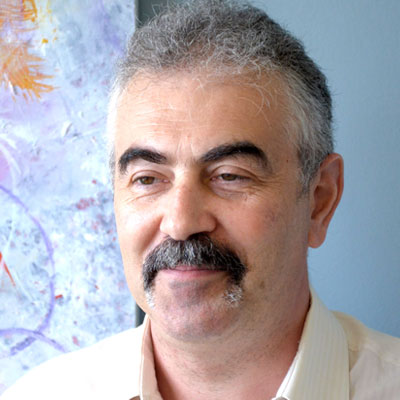WG4 – Functional Investigations
Leaders


Members
Description
The objective of this Working Group is to initially liaise with WG1 to make an inventory of the expertise across functional groups of the network with a trajectory on “wet lab” cell and organism models of the musculoskeletal system.
Transform the aforementioned knowledge transfer into achieved enhanced capacity of the participating partners, resulting in true teaming-up around the objectives (i.e., efficient prioritization of functional assessments and equitable distribution of functional work across collaborators).
OBJECTIVE: liaise with WG1 to make an inventory of the expertise across functional groups of the network with a trajectory on “wet lab” cell and organism models of the musculoskeletal system. Then, in cooperation with WG2 it will work on coupling and establishing correspondence between the phenotype characterizations at the human population and clinical case level and the different functional models arising from the cell and organism models. Finally, it will also perform an assessment of the very numerous genetic discoveries and procure classifying them into “functional units” within biological pathways. These “functional units” will be the building blocks to distribute the workload of functional efforts across the different groups available with the aim of avoiding redundancy and facilitating complementary activities by considering the existing expertise across the groups. This WG will also liaise with WG5 to obtain a lists of variants and genes, which can be taken forward for functional follow-up. Exchange of skills and knowledge between the participating groups will be procured in close interaction with WP6.
Deliverables
D5. Report of the biological pathway integration summit (meeting) with participation of representatives from all the Working Groups of the network (document).
D6. Report on the “functional units” methodological framework (including principles, applicability, generalizability (document); Functional Units Analysis Results for Bone Disease (document).
Activities
- In-person meeting: Malta 2019; phone/online meetings: monthly since then
- Organized: workshop (on zebrafish; Malta 2019)
- Prepared: statement/Report of the biological pathway integration / Functional
- Units Analysis Results for Bone Disease (publication, to be submitted).